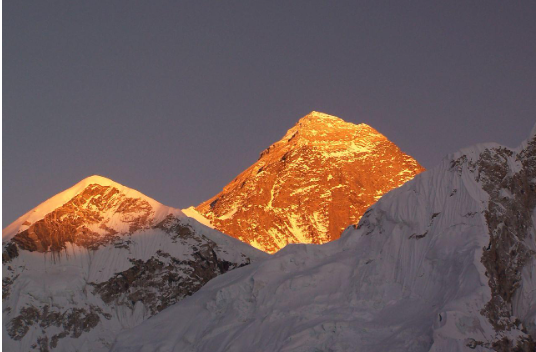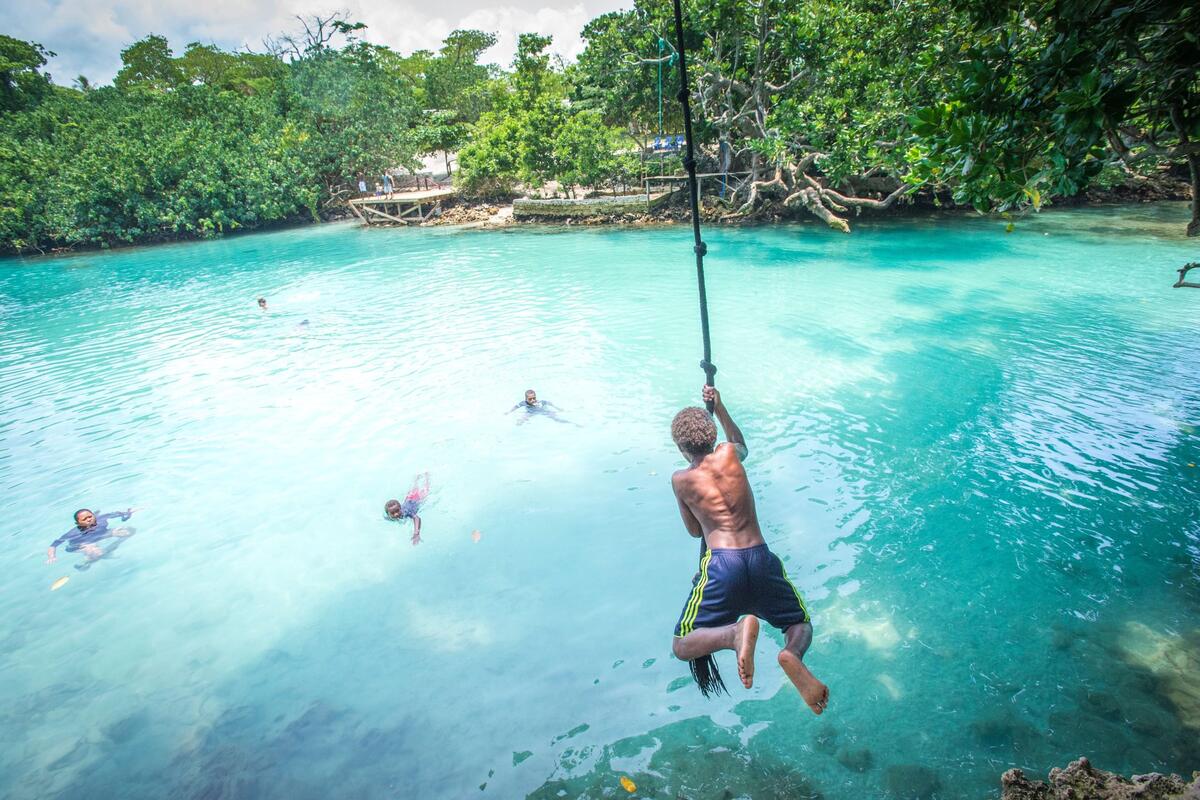Health and Saftey Tips for the Everest Base Camp Trek

Strong 8k brings an ultra-HD IPTV experience to your living room and your pocket.
The Everest base camp trek is the most famous and popular in the world among adventure and nature enthusiasts. The trek takes you through a once-in-a-lifetime adventure in the presence of the mighty Mt Everest. However, It’s a dream of many adventurers who wish to see some of the world’s most beautiful landscapes. Although the trek starts from Mount Everest’s base but makes its way through the steep ascent and rough and rugged terrains.
Since every base camp trek is a difficult adventure there are challenges when climbing Mount Everest so safety should be the priority. Although the main attraction of this trek is Mt Everest, the tallest mountain in the world we need to understand that this difficult yet rewarding journey comes with complexities.
The whole region around Mt. Everest and going on an EBC trek are not as scary and intimidating as they seem but it is important to be secure about your safety before embarking on the journey. Furthermore, being aware of possible risks such that necessary mitigating measures will be taken care of and also being prepared well is a necessary factor that will make or break the trek. In this article, we aim to ensure your trip to Mt Everest remains unforgettable and is executed with high conditions of health and safety. Hence here are some tips about Mount Everest Base Camp to keep in mind so make sure you read until the end.
Be physically prepared
The Everest base camp trek is a demanding, lengthy, high-altitude adventure that requires a reasonable level of physical health and fitness. The Trek is a strenuous, high-altitude journey. Thus, being in the topmost physical condition increases the chance of completing the trek successfully.
The route to reach Mount Everest is not a marathon but a slow and continuous ascent of enormous mountains through diverse terrains. Hence your main goal should be to increase your leg strength and endurance. Your core exercises must revolve around Increasing your cardio, strength, and endurance before undertaking the Everest Base Camp trek. Exercises like weightlifting, swimming, jogging, and cycling exercises must be introduced to your daily routine three or four months before the trek. It is also advisable to go for short hikes to get accustomed to walking for a prolonged amount of time on steep terrains.
Acclimatization
There is less atmospheric pressure the higher you go on the Everest base camp trek. The concentration of oxygen falls as the air becomes thinner. You are prone to altitude sickness due to the high altitudes and environmental conditions of this area, which is a potentially fatal illness. Hence your plan and preparation must involve acclimatization. You should not treat the Everest base camp trek like a race so you need to progressively ascend the altitude to give your body time to adjust to the oxygen levels and surroundings. Hydration is essential for acclimatization so make sure your body is properly hydrated because dehydration can make altitude sickness worse. Also, Include prearranged days of rest at particular elevations to let your body heal and adjust. If one can recognize the early warning signs of altitude sickness first aid must be given quickly because if not treated immediately altitude sickness might be fatal.
Carry a first-aid kit
The one thing you will need on the trail is a decent first aid kit. First aid provides immediate care for those suffering from minor to serious illnesses or injuries. The journey is quite far so it's typical to experience slight headaches, light altitude sickness, and minor foot blisters. For such circumstances, we suggest bringing along anything you think you'll need immediately.
Hence your first aid kit must include band-aids, decongestant medications, pain relievers, lip balms, sunscreen, and Diamox for altitude. Your kit must also include any medication prescribed by the doctor according to your overall physical health and previous medical history. In the event of major injuries or significant discomfort connected to altitude, seek quick medical attention and consultation with medical experts or arrange for a helicopter evacuation
Maintain a proper hygiene
Trekking puts you in the nature, where you can enjoy its beauty and excitement. Although traveling in nature is a peaceful and exhilarating experience, nature lacks the basic amenities needed for a person to maintain their hygiene. Hence you must look for various methods and practices to maintain proper hygiene and stay healthy during the trek.
Remember that you are in a remote wilderness location with limited services and resources, so to make your journey up the route more comfortable, stay clean.
You'll need to wash your hands frequently, cut your nails short, maintain personal hygiene, and watch out for germs on your hands and surfaces. Remember to Bring a toothbrush and toothpaste for your oral hygiene. Since the hygiene of females is more delicate make sure to carry tampons pads or menstrual cups to maintain their reproductive health. Also, make sure to carry ziplock bags for disposal purposes.
Stay hydrated
Higher elevations cause the human body to dry out, thus staying hydrated is essential. Your breathing becomes more rapid. It's because there won't be as much oxygen in the air, therefore your body needs to keep your blood oxygen levels stable. So you may become dehydrated as a result of your increased water loss. Dehydration can cause fatigue more quickly and develop altitude sickness more quickly.
Hence to avoid dehydration one must carry water bottles and should drink three to four liters of water per day. You must drink enough water to keep your body hydrated. You must also make sure you bring enough pills for water purification for the journey as the water resources might be contaminated and you might need to purify to drink water. Also, make sure to avoid alcoholic beverages should be avoided as they have a high potential to dehydrate the body.
Prepare yourself mentally
The Everest base camp trek is a difficult journey and completing it might be a grueling task. Hence being mentally prepared and developing your mental resilience for long treks is one of the finest travel pieces of advice that anyone can give. Since it is a long and physically taxing journey to the steep ascent the walking hours might vary from one day to the next. In such cases, one must be mentally prepared to conquer the journey and face the worst-case scenarios as well.
A resilient and unwavering mindset will see you through a difficult day. One must practice positive affirmations and imagine themselves conquering the trek to get that extra push during their journey. Along the journey cultivating your spiritual aspect is also recommended as it clears your headspace and lets you focus properly on your journey. Hence the body can be trained to its maximum potential, but without willpower, the training will not bear fruit.
Eat balanced diet
Trekking at higher elevations is a high-calorie burning exercise and it gets hard to motivate yourself when you have an empty stomach and low energy. Eat sufficiently to replace the energy used while trekking. As such, trekkers should choose a healthy diet that is not based on canned and pre-packed foods as it helps in building body muscles more, strengthens one’s resistance as well as lessens fatigue.
A majority of teahouses and lodges found within have often been known for their traditional Nepalese food called dal bhat made from rice and lentils; a dish that can be easily found around the region since it helps to satisfy the hunger with its nutritious ingredients. Hence the only way to regain lost energy while trekking on Everest is to eat enough food. Thus, continue to have a balanced diet rich in wholesome foods along with snacks throughout the Everest base camp trek. It is also advisable to avoid non-vegetarian items because they may aggravate acidity and indigestion.
Layout a proper emergency response plan
There may be occasions when you require an immediate departure from the Himalayas because of safety and health-related issues. Thus, to guarantee your safety throughout the trip, you must ensure that emergency evacuation procedures are taken very seriously. One must also be equipped with satellite phones or other dependable communication tools so that they can stay in touch with the authorities of the region.
In case of any emergency make sure you have a helicopter evacuation process in place to access these amenities you must get travel insurance. Travel insurance will turn out to be a boon in such cases as all the medical expenses including evacuation are covered by this insurance.
Conclusion
Trekking in the Everest Region is a great option for anyone who wants to see how beautiful the Himalayas are. The journey to the base of Everest is quite difficult but doesn't disappoint with the scenic views it offers. It's a very unforgettable trip because of adventure, cultural immersion, and scenic beauty along its route. But one must keep in mind to not embark on the Everest base camp trek hastily.
From physical preparation to emergency response preparedness trekkers must strive for absolute readiness when it comes to undertaking this trek. Hence, this trek can be easily performed with the right planning so prepare yourself for an adventure of a lifetime on the Everest base camp trek.
Note: IndiBlogHub features both user-submitted and editorial content. We do not verify third-party contributions. Read our Disclaimer and Privacy Policyfor details.







